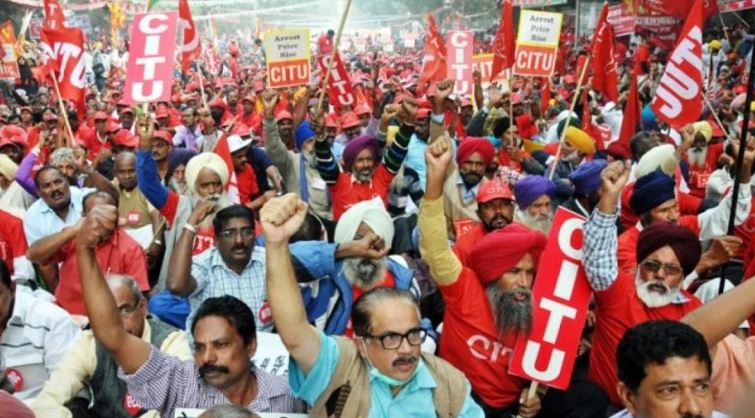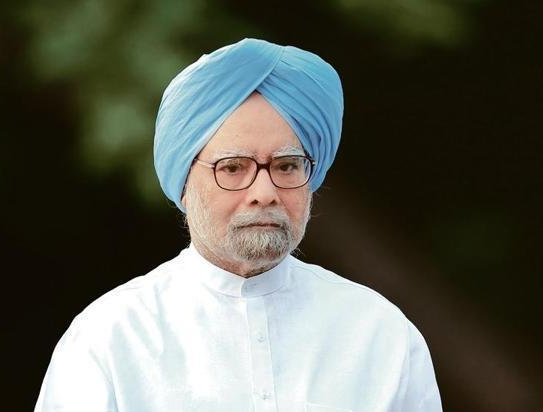Gopabandhu Mohapatra
The joint action committee of Central Trade Unions (CTUs) are unhappy over the move to privatise public sector undertakings (PSUs). Disinvestment is claimed to be deliberate privatization. Disinvestment means sale or liquidation of assets by the government, usually Central and state public sector enterprises, projects, or other fixed assets. When any percentage of shares is sold, it is known as disinvestment.
 Main objectives of Disinvestment is reducing the fiscal burden on the exchequer, improving public finances, encouraging private ownership, funding growth and development programmes and maintaining and promoting competition in the market. Disinvestment is aimed at reducing the financial burden on the government due to inefficient PSUs and to improve public finances. It introduces competition and market discipline and helps to depoliticise non-essential services.
Main objectives of Disinvestment is reducing the fiscal burden on the exchequer, improving public finances, encouraging private ownership, funding growth and development programmes and maintaining and promoting competition in the market. Disinvestment is aimed at reducing the financial burden on the government due to inefficient PSUs and to improve public finances. It introduces competition and market discipline and helps to depoliticise non-essential services.
The sale of shares of Public Sector Undertakings (PSUs) by the government is a means to shore up receipts and reduce fiscal deficit. If, first time shares are sold, it is known as Initial public offering (IPO). The government undertakes disinvestment to raise money for meeting specific needs, such as to bridge the revenue shortfall from other regular sources. Disinvestment implies off loading government stakes in state-owned enterprises (SOE) by selling them to one or more strategic partners or to the public.
In the Industrial Policy of 1956, 17 industries were reserved exclusively for the public sector and there were 12 other industries which were to be progressively state owned. In 1991, there was a radical change in the government’s policy towards the public sector. The domestic economy, where PSUs had served as engines of growth, had started welcoming private players. After 1991, only eight industries were reserved for the public sector, including defence production, atomic energy, coal and lignite, mineral oils, iron ore, manganese, gold and diamond, atomic minerals and railways.

The process of disinvestment began in 1992 in the wake of the new policy of ‘Globalisation, Liberalization and Privatization’ of the economy introduced by the then finance minister Dr. Manmohan Singh. In 1999, the government classified public sector enterprises into strategic and non-strategic units for the purpose of disinvestment. Strategic public sector enterprises would be those in the areas of defence production, atomic energy and railway transport. All other public sector enterprises were to be considered non-strategic.
There was a period when disinvestment happened primarily by way of sale of minority stakes of the PSUs through domestic or international issue of shares in small tranches. The value realized through the sale of shares, even in blue chip companies like IOC, BPCL, HPCL, GAIL & VSNL, however, was low since the control still lay with the government. Most of these offers of minority stakes were picked up by the domestic financial institutions.
Recently, five companies were up for 100 per cent disinvestment, including three large profitable companies such as Bharat Petroleum Corporation Ltd. (BPCL), the Container Corporation of India and the Shipping Corporation. The government is planning to sell 53.29 per cent stake in BPCL (a large profitable company) to a strategic buyer, basically providing the management control to a private party.
The planned disinvestment of these big three is in addition to the proposed 100 per cent sale of Air India, and Industrial Development Bank of India (IDBI). High level of debt was one of the reasons why no buyer showed interest for the national carrier last fiscal earlier, forcing the Centre to call off the process. The Life Insurance Corporation (LIC), a largest company in terms of assets, also was targeted to undergo disinvest by 10 per cent of its stake as a continuation to the policy of insurance sector reform.

Since the late 1990s, disinvestment has become an almost regular feature of the Union budgets under successive governments, which set a target each year to raise funds from stake sales in public sector enterprises. Disinvestment has led to mixed results for the governments in terms of meeting the revenue targets. Governments select disinvestment candidates based on various factors, such as its existing stake in the company, private sector interest in ownership of that enterprise, general market conditions, expected value realisation etc. However, from 2011 onwards, disinvestment activities started but progressed at a slow pace.
| Year | Target | Achieved | Revised |
| 2011-12 | Rs.40,000 | Rs.14,000 | |
| 2012-13 | Rs. 30,000 | Rs. 23,857 | Rs. 24,000 |
| 2013-14. | Rs. 21,321 | Rs. 54,000 | Rs. 19,027 |
| 2014-15 | Rs. 58,425 | Rs. 24,338 | |
| 2015-16 | Rs. 69,500 | Rs. 32,210 | Rs. 25,312 |
| 2016-17 | Rs. 56,500 | Rs. 46,378 | Rs. 45,500 |
| 2017-18 | Rs. 1,00,642 | Rs. 72,500 | Rs. 1,00,000 |
| 2018-19 | Rs. 80,000 | Rs. 85,063 | |
| 2019-20 | Rs. 49,828 | Rs. 90,000 | Rs.65,000 |
The reasons for such low proceeds from disinvestment against the actual target set were – unfavorable market conditions, offers made by the government were not attractive for private sector investors, lot of opposition on the valuation process, no clear-cut policy on disinvestment, strong opposition from employee and trade unions, lack of transparency in the process and Lack of political will
During November 2019, the government has given ‘in-principle’ approval for divestment of stake in 28 central public sector enterprises (CPSEs), including subsidiaries, units and joint ventures, through sale of majority stake and transfer of management control, to achieve the massive FY20 disinvestment revenue target and partly make up for the expected shortfall in tax revenue collections.
In the Union Budget 2019-20, Finance minister Nirmala Sitharaman has set an ambitious disinvestment target of Rs. 2,10,000 crore, an increase from 90,000 crore projected in the Interim Budget 2019-20. As such, 2020-21 is likely to see some big disinvestments taking place.
 However, not all disinvestment is privatisation. The move towards divesting ownership in strategic sectors will have long term consequences. A diluted public sector would possibly mean that India missing out on the opportunity to capitalise on the global distrust against Chinese supply lines in the wake of the current crisis. Some of the benefits of disinvestment are that it can be helpful in the long-term growth of the country. It allows the government and even the company to reduce debt.
However, not all disinvestment is privatisation. The move towards divesting ownership in strategic sectors will have long term consequences. A diluted public sector would possibly mean that India missing out on the opportunity to capitalise on the global distrust against Chinese supply lines in the wake of the current crisis. Some of the benefits of disinvestment are that it can be helpful in the long-term growth of the country. It allows the government and even the company to reduce debt.
Disinvestment allows a larger share of PSU ownership in the open market, which in turn allows for the development of a strong capital market in India. The Public sector undertakings (PSUs) have played an important role in shaping the economy. Hence, the disinvestment route should always be cautiously used by governments to bridge the fiscal deficit through the sale of non-strategic or loss-making assets. Disinvestment decisions must be taken on merit.
(Author is a former banker. Views are Personal)




























